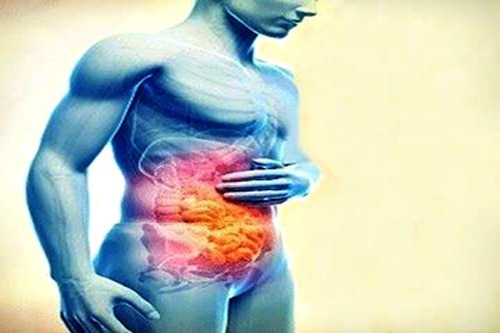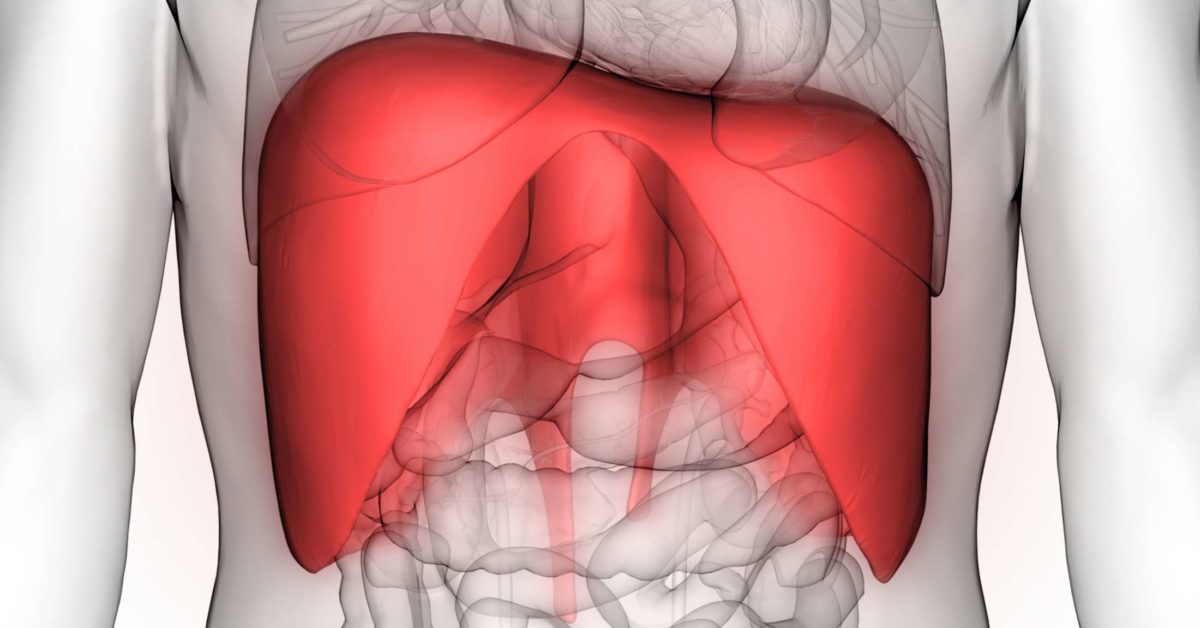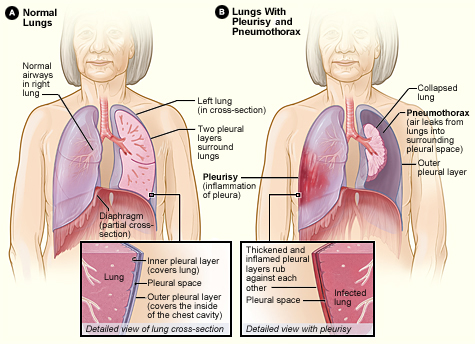
So that you could feel comfortable and undistracted, you can use Mesh Lumbar Back Support Cushion. Probably, if your work mostly consists of interaction with a computer, you can have constraint pain in your back. Unlike the pain from a lung disorder, it is tough to identify. The individual can locate its area of discomfort. It is a sharp burning pain that can spread out to the neck, shoulder, and also the discomfort is periodic.Īn intercostal strain is a result of trauma from the overexertion task. Upper back pain is caused by bad posture for a long time. It is reasonably hypermobile, and injury is unusual. Intercostal muscle pressure may be mistaken for upper back pain. Instructions to do active activities of the torso/trunk to understand to what level it affects the function and also movement.
Physical exam, palpation to specify the area of tenderness and swelling. You will be asked about symptoms, when and how the pain started if there is a history of current trauma, your exercises. Medical diagnosis is based on individual background and also physical exam: Pain from intercostal muscle strain increases with coughing, sneezing, or breathing deeply.ĭiagnosing imaging X-ray, MRI not needed for the medical diagnosis of intercostal stress, but it's used to eliminate the possibility of rib fracture or internal organ injury. In some rare instances, swelling of intercostal muscles causes a blood clot around the muscle, triggering a hematoma. A strained muscle may be associated with swelling and an increased level of sensitivity in the damaged area. Tenderness of the affected muscles and surrounding ribs. That may cause much less blood oxygenation. It will be a short, shallow breathing pattern to avoid pain. Difficulty breathing, with an intercostal muscle strain, the breathing pattern will be affected by pain. This type prevails after sports such as baseball. Pain is aggravating within days or weeks if the intercostal muscular tissues are still under the tension of repetitive, steady pressure. Muscle tension and stiffness cause muscles to respond to injury by tightening, creating upper back pain, and stiffness with activity. It can be a result of a direct blow or sudden pressure to the chest or unexpected increase in the exercise. Severe unexpected pain in the upper back or rib cage. Symptoms vary according to the level of muscle pressure, strength, and type of injury: A strain occurs when a direct, sudden pressure strikes the top body. Repetitive use of the arm, shoulder, and upper back puts tension on intercostal muscle mass. Such as activities that consist of repeated turning, prolonged overhead tasks, constant weight lifting. Recurring forceful activity: such as rowing, hitting a tennis sphere.  Reaching overhead: extended time of above tasks or lifting over shoulder undue stress on the muscles, as in painting the ceiling. Excessive torso turning may take place throughout sporting activities. In which the ribs are moved apart from its usual place. Turning the torso: turning while training, from dancing, yoga poses, and also some sports such as tennis, golf. In which the intercostal muscles will stretch or tear as ribs are suddenly compelled to move apart. A direct blow to the rib cage: such as falling, automobile mishap, or trauma from contact sporting activities such as football, hockey. It can be caused by overexertion of muscles, direct injury from falling or cars and truck crash, or strike in sports such as hockey, or repetitive torso turning. Intercostal muscle pressure doesn't happen with usual daily tasks. It is an injury that affects the muscles between 2 or more ribs. The person will have a short breathing pattern because of discomfort. The strain of intercostal muscles causes rib/chest pain, upper back pain, and affects the breathing pattern. Intercostal muscle strain differs according to the type and intensity of the injury. It also helps the inner and external intercostals in their function.
Reaching overhead: extended time of above tasks or lifting over shoulder undue stress on the muscles, as in painting the ceiling. Excessive torso turning may take place throughout sporting activities. In which the ribs are moved apart from its usual place. Turning the torso: turning while training, from dancing, yoga poses, and also some sports such as tennis, golf. In which the intercostal muscles will stretch or tear as ribs are suddenly compelled to move apart. A direct blow to the rib cage: such as falling, automobile mishap, or trauma from contact sporting activities such as football, hockey. It can be caused by overexertion of muscles, direct injury from falling or cars and truck crash, or strike in sports such as hockey, or repetitive torso turning. Intercostal muscle pressure doesn't happen with usual daily tasks. It is an injury that affects the muscles between 2 or more ribs. The person will have a short breathing pattern because of discomfort. The strain of intercostal muscles causes rib/chest pain, upper back pain, and affects the breathing pattern. Intercostal muscle strain differs according to the type and intensity of the injury. It also helps the inner and external intercostals in their function. 
Inner intercostals muscle crosses more than one intercostal space.

They also help to collapse the Lung during expiration. Inner intercostals, the intermediate layer, originate from the costal groove near the inferior boundary of the rib above to the upper border of the rib below. It expands the chest wall surface during inhalation.
#CONSTANT UPPER CHEST DISCOMFORT SKIN#
It lies directly under the skin originating from the lower border of the rib and runs obliquely and into the top boundary of the rib below. External intercostals muscles are the outermost layer. They combine to fill up the area in between the ribs. Contain three layers of muscles: external, inner, and innermost layers. Intercostal muscles are muscles that present within the rib cage.







 0 kommentar(er)
0 kommentar(er)
